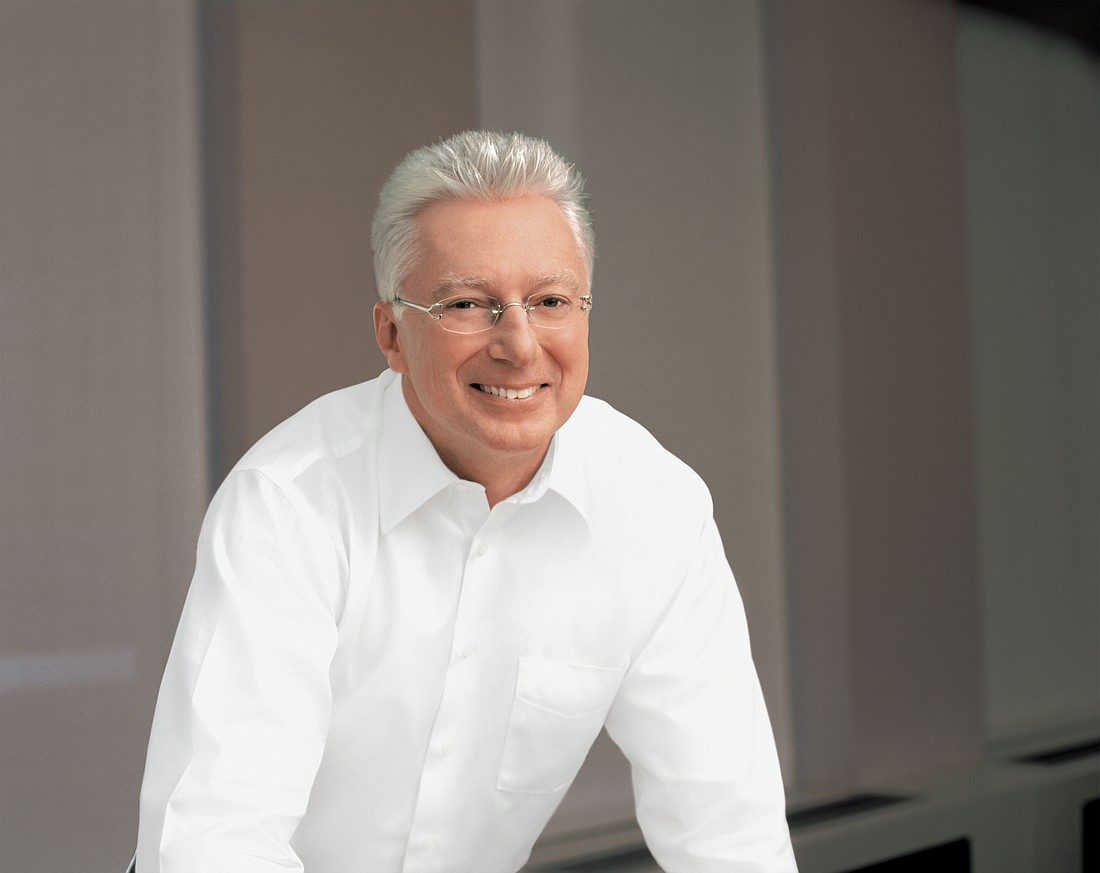- January 14, 2025
-
-
Loading

Loading

I worked for 40 years over five decades at Procter & Gamble, a company that many associate with consumer advertising, branding and marketing. But at its core, the P&G I grew up in and was privileged to lead for a dozen years was an innovation and manufacturing company.
Every brand we sold benefited from product and technology innovations. When I retired in 2016, more than half of P&G employees worked in product supply — engineering, manufacturing and purchasing — and operated more than 150 manufacturing and distribution centers across the U.S. and worldwide.
'After we cleared the live explosives from the site, which had been used as a firing range during the war, and killed the venomous snakes that swarmed the location, we set the team of locals and experienced players from the region to work building a proper manufacturing facility.' A.G. Lafley, Procter & Gamble
I was personally involved in a number of wide-ranging sourcing and manufacturing-specific decisions. We totally transformed the North America supply chain for the fabric and home care business, one of P&G‘s largest, most profitable and most successful businesses in the world.
We significantly changed how we formulated laundry, dish and household cleaning products. We transformed how we manufactured, made, packed and distributed these products. We consolidated into fewer mega production and distribution sites. We continuously improved the performance, quality and service with suppliers and customers on a business that has nearly doubled in sales every decade.
One of the better and more counterintuitive decisions I was ever a part of was to continue manufacturing the vast majority of P&G products in-house and in the country in which the product was sold. A blue-ribbon team of inside and outside experts and consultants recommended we seriously consider outsourcing — contract manufacturing or at least contract packing — up to 50% of our total product line. I asked two relatively simple questions: First, what would have to be true for outsourcing to be the better short-, mid- and long-term choice? Second, is there a third option, hybrid or other, that we could imagine and should consider?
We decided to continue to manufacture 85%-90% of our products inside the company. However, more and more of that manufacturing and distribution was networked and partnered with a wide range of suppliers and third parties that worked side-by-side with the P&G team — under our roof and within our control. P&G had the ultimate responsibility for performance, quality, value and all other important environmental, governance and sustainability outcomes.
Of course, one of the most important sourcing and supply-chain decisions is where to locate. In country after country, around the world, we entered and started up with a single manufacturing operation, and often a single product and brand.
I was part of the small team that opened up the P&G Vietnam company. We were the first American company to open in Vietnam. And believe me, it wasn’t easy. We were partnered with a former North Vietnamese general and given a manufacturing plant that consisted of a leaky metal roof over a deteriorating concrete slab and rusting equipment in need of repair. After we cleared the live explosives from the site, which had been used as a firing range during the war, and killed the venomous snakes that swarmed the location, we set the team of locals and experienced players from the region to work building a proper manufacturing facility that would make quality product on a consistent and reliable basis. Today, we have world-class manufacturing in Vietnam and a growing and profitable business.
I will never forget the first comment of U.S. Commerce Secretary Ron Brown when he stepped through the door of one of our manufacturing plants in China in the late 1990s. He exclaimed, “Oh my gosh, this looks like a modern American facility!” We said: “It is. And in fact, it looks just like a similar facility in Germany or Japan, Brazil or Nigeria because world-class manufacturing produces world-class products, and P&G’s brands sell on the basis of performance, quality and value.”
I am bullish on the Florida and Gulf Coast cases for manufacturing. I believe more manufacturing in the economic mix will grow not only GDP faster but also our communities and society stronger.
We have what it takes for a well-planned, well-operated manufacturing company to succeed. We have an advantaged location, from a demographics and market standpoint and from a climate standpoint. We have the infrastructure required, both physical and digital, and the power and utilities. We have the human resources and talent required and the educational institutions to teach the manufacturing and technical skills needed for today and tomorrow.
The healthiest economies and societies are diversified and growing. Encouraging and inviting more manufacturers to come to Florida and to the Gulf Coast will contribute to a more diversified, faster-growing and ultimately healthier economy in the long run.
A.G. Lafley is the former Chairman/CEO of Procter & Gamble. He was named “CEO of the Year” in 2006 by Chief Executive Magazine, honored with the Edison Achievement Award for innovation leadership in 2010, and inducted into the Manufacturing Hall of Fame in 2011 and the Advertising Hall of Fame in 2012.